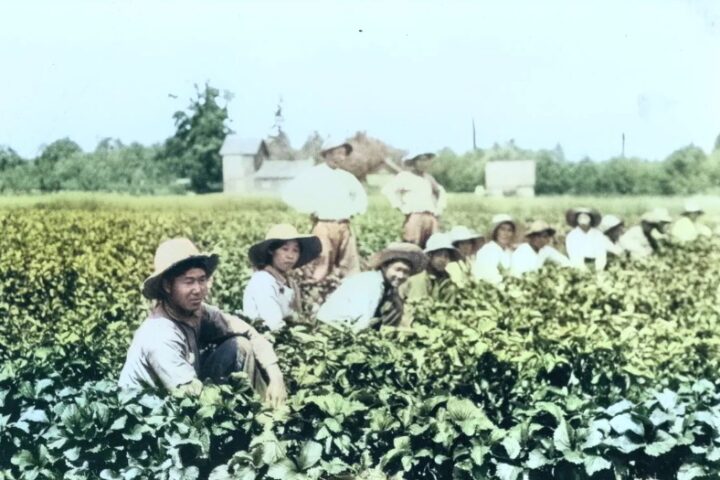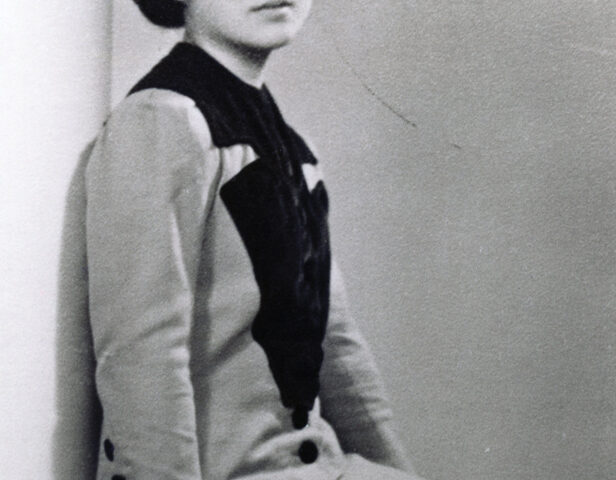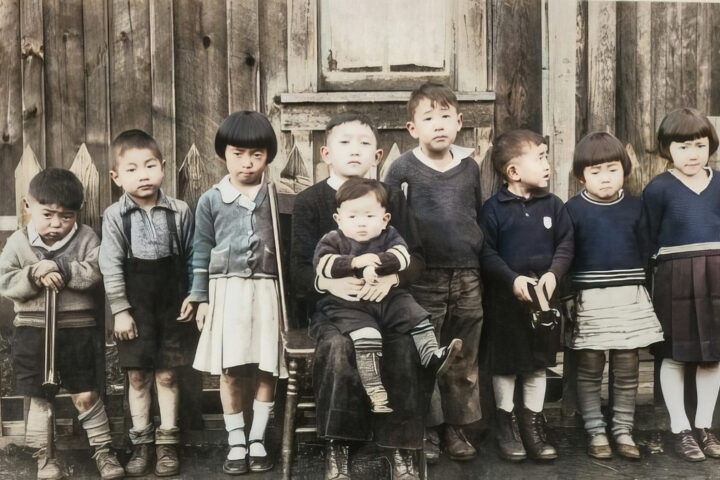Highlights of November Dates in Japanese Canadian History
By Lorene Oikawa, Past President NAJC
In 2023, the National Association of Japanese Canadians (NAJC) is reviewing the highlights of dates for each month, from the period 1941 to 1949. We are looking at the actions of government and the impact on Japanese Canadians.
1938
This falls outside of the period of our review, but it’s important to note the launch of the New Canadian newspaper in November 1938. The first editor was Shinobu Higashi. The New Canadian was a Nisei (Second generation Japanese Canadian) newspaper and it included articles in English. It reported on community news, events, and activities, shared opinions in its editorials, and it was the first time that the views of Japanese Canadians were easily accessible to the rest of Canada. In the first issue of The New Canadian, the articles covered the third National Japanese Canadian Citizens League Conference and the conference’s theme and discussion about the need for Japanese Canadians to distribute themselves across Canada. This theme was picked up by the other newspapers in Vancouver and then spread through the Canadian Press wire service.
Unfortunately, the false narratives about Japanese Canadians continued to be published in the established newspapers of the time. Racist politicians were freely quoted, and all statements were taken as facts despite the lack of evidence. After Pearl Harbour, false stories of sabotage were repeated and used against Japanese Canadians.
1941
In November, Thomas Shoyama was editor (1939-1945) of the New Canadian newspaper and a spokesperson for the Japanese Canadian Citizens’ League, an organization which had been fighting discrimination against Japanese Canadians since 1936.
In the present, we know about his illustrious career. After the war, he joined the Tommy Douglas CCF (Co-operative Commonwealth Federation, precursor to the New Democratic Party) government in Saskatchewan as an economic advisor and would help implement the start of what we know as our iconic public health care.
In 1941, Shoyama was an intelligent, articulate editor. He had graduated from UBC with honours. However, his degree in commerce and economics wasn’t enough to get him into the professional world where his ethnicity was used to block him from most opportunities and like the rest of the community, he was denied the right to vote.
At the time, Shoyama had analyzed the political situation and past practise. He believed that the government would require regular reporting by Japanese Canadians and feared that violence would be incited against Japanese Canadians.
The major campaigners against Japanese Canadians were BC MPs Ian Mackenzie, A.W. Neill, Thomas Reid, and Howard Green. All had advocated for the federal government to remove all Japanese Canadians to force them “east of the Rockies” during the past ten years and Neill and Reid had done so for the last twenty years. They used materials and positions provided by the White Canada Association. The MPs would lead a massive anti-Japanese Canadian campaign by the end of 1941.
Shoyama knew they were successful because they appealed to fear. The fear of loss of jobs, changes to society with intermarriage, and security of home and country resonated with the general public. Logic would not sway them.
Prime Minister King refused to listen to senior Canadian military officers who had been consistently reporting on Japanese Canadians since 1940. The RCMP came to the same conclusion, Japanese Canadians posed no threat to national security. Despite his persona as a reasonable man, the prime minister would not support anything that would threaten his nearly 15 years in power. The virulent racism of the BC politicians would sway the policies of government.
1942
By mid- November, most Japanese Canadians had been forcibly uprooted from their homes on the west coast of British Columbia and sent to their destinations. About 8,000 Japanese Canadians who had been uprooted from their homes outside of the Metro Vancouver and detained at Hastings Park had been sent through to the internment/incarceration camps in the interior of BC in so called ghosts towns. Japanese Canadians in Metro Vancouver were sent directly to the camps. The Slocan Valley area including Bay Farm, Popoff, and Lemon Creek housed over a quarter of the camp population, about 4,764. About 4,000 Japanese Canadians had been sent to the Prairies to slave in the sugar beet farms and live in chicken coops or shacks.
Families were dealing with the hardships of the poor housing conditions. Families, mostly strangers, were crammed into renovated former ghost town buildings such as hotels or new shacks built from green wood which shrank in the cold causing large cracks where cold air would seep in. The shacks were 14 feet by 24 feet and didn’t have any insulation. Water was obtained from outside taps. Washrooms were outhouses. Some had it worst living in tents, or a broken-down ice hockey rink with a leaking roof.
By late November, the final phase of the buying of the Japanese Canadian farms was in effect. Since the Custodian of Enemy Property was only able to protect and administer the property of uprooted Japanese Canadians, the law had to be amended. A new Order-in-Council under the War Measures Act was needed to expand the role of the Custodian for the forced sale of the farms. The Liberal government was pleased that they could say revenue generated by the sale would be used to support Japanese Canadians in the internment/incarceration camps. They would be able to use this to protect themselves from accusations by the opposition Conservatives who refused to accept anything above the bare minimum being provided to the Japanese Canadians.
1944
On November 17, the Toronto Police Commission refused to issue business licenses to Japanese Canadians who were trying to establish businesses. “No business licenses will be granted to Canadian-born citizens…whose country is at war with the Dominion.” Jimmy Hirai had permission of the Department of Justice to operate a small restaurant which he bought. After multiple postponements, his application for a license was rejected and he was forced to sell the restaurant at a loss.
1945
In November, cabinet sought from Parliament, the power to deport any resident of Canada. They were refused, but six weeks later they granted itself the power by Order-in-Council under the War Measures Act which was to expire in a few weeks. The federal government ordered the deportation of 10,000 Japanese Canadians.
In the previous year, Prime Minister King set up a loyalty commission which would determine which Japanese Canadians are loyal and would be allowed to stay in Canada if they agreed to disperse across Canada. Anyone disloyal would be “deported” and stripped of their citizenship. The government felt the voluntary deportation was too slow and accelerated the deportation policy earlier in the year. The federal government forced people in the camps to choose between eastern Canada and Japan. 6,884 Japanese Canadians (sixteen years of age and over) signed repatriation requests out of fear and/or lack of information or misinformation. The total number 10,347 included 3,503 dependents.
Japan surrendered two months earlier in August and the federal government knew they were running out of time to make the “repatriation” binding.
1946
Anti-Japanese Canadian hostilities continued throughout Eastern Canada’s municipal councils. Even with a shortage of farm labour in southwestern Ontario, the Chatham council refused to accept Japanese Canadian workers. St. Thomas near Chatham were concerned about 150 Japanese Canadian workers who they labelled an invasion and would be staying in a hostel seven miles away from town.
1948
On November 12th, the National Japanese Canadian Citizens Association (NJCCA) presents a Submission to the Royal Commission on Japanese Canadian Property. The Royal Commission was set up with a very limited role where it had to be proved that the Custodian of Enemy Alien Property had failed “to exercise reasonable care” in the supervision or sale of the property. This was a huge task to review so many different types of properties and to so many people spread across the country. Japanese Canadians had a faint hope that evidence would be uncovered so the investigation would be expanded.
That faint hope would be dashed. In 1950, one Japanese Canadian received $140.50 for his house which in 1930 he paid $3,000 and in 1943 the Custodian sold for $1,200. A Surrey farmer received $412.50 for his 10 acre farm. The Custodian also charged an average 23.2% commission and 12% for appraisal and advertising for the sale of the Japanese Canadian property. And not all claims were considered. However, it was not only the loss of the monetary value, but it was also the loss of opportunity and human rights.




